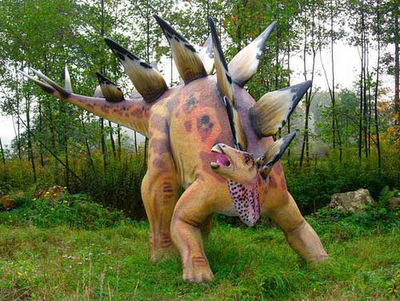SpaceX’s dreams of creating a fully reusable launch vehicle is getting closer to fulfillment via the third test of their test vehicle - Grasshopper. The third and the most ambitious test of the vehicle took place on December 17,2012 when the Grasshopper took a 40 meter leap into the skies at their test facility in Texas – followed by a stable hover and smooth landing – was conducted without a hitch. The first two tests were conducted in September when the Grasshopper flew to 1.8 meters (6 feet), and in November, when it flew to 5.4 meters (17.7 feet/2 stories) including a brief hover.
Grasshopper, SpaceX's vertical takeoff and landing vehicle (VTVL), rose 131 feet (40 meters), hovered and landed safely on the pad using closed loop thrust vector and throttle control. The total test duration was 29 seconds. There are the videos:
Single Camera Grasshopper Test flight video 17/12/2012:
Multi- Angle Grasshopper Test flight video 17/12/2012:
The Grasshopper – consisting of a Falcon 9 rocket first stage, Merlin 1D engine, four steel landing legs with hydraulic dampers, and a steel support structure. The plan revolves around a modified version of the Falcon 9 launch vehicle design, creating a version of the flyback booster concept – one where all of the vehicle’s components return back to Earth for reuse. SpaceX founder and chief executive, Elan Musk talked about these plans, "This is a very difficult thing to do. Even for an expendable launch vehicle, where you don’t attempt any recovery, you only get maybe two to three percent of your lift-off weight to orbit. That’s not a lot of room for error. Now you say ‘OK, now let’s make it reusable’. You have to strengthen the stages, add a lot of weight, a lot of thermal protection – a lot of things that add weight to that vehicle – and still have a useful payload to orbit. You’ve got to add all that’s necessary to bring the stages back to the launch pad to be able to re-fly them and still have useful payload to orbit."



